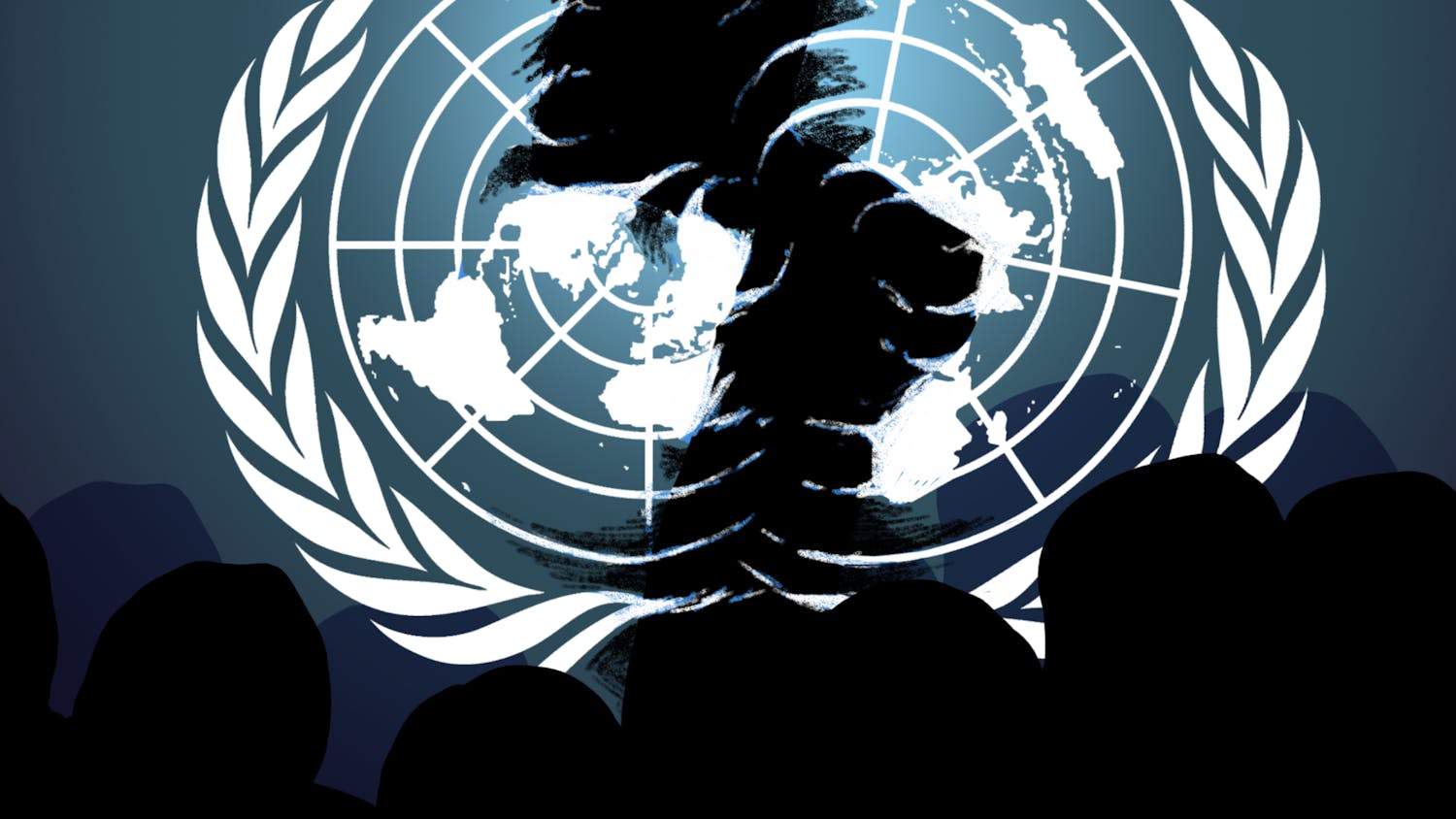If you're familiar with the term ""environmental justice,"" you've likely heard it used in a technological context. Do phrases such as ""e-waste,"" ""toxic components of electronics"" or ""developing nations"" ring a bell?
If not, perhaps you heard economist and environmentalist Majora Carter speak at the Tales From Planet Earth film festival in November. She discussed the notion of environmental justice in relation to the South Bronx, in New York City.
But, for those who haven't heard of this term, it can be best understood by learning what environmental injustice is. A former professor of mine gives a pretty good working definition: ""the inequitable distribution of environmental burdens on low-income areas, minorities or developing nations.""
Factories, industrial waste, crime, garbage dumps, pollution—anything NIMBY (Not In My Backyard)—have a home in the world of environmental justice. What's interesting is that those of us preaching NIMBY often get our way, leaving the less fortunate with a host of problems in their backyards.
Living on the isthmus, it is hard to recognize what environmental injustices harbor themselves in Madison. In fact, the biggest injustices occur on the very lakes that give Madison its geographical nickname.
Much of the city's population uses the lakes in some way, shape or form. For some, the lakes serve as a site of recreation—swimming, boating, ice skating, skiing or fishing. Others simply enjoy gazing upon their beauty. For yet another portion of the population, the lakes and their inhabitants serve as a supplemental food source. Interacting with the landscape in a variety of ways can be a mutually beneficial relationship, except when human action proves toxic to the lake ecosystem.
According to research completed by the Madison Environmental Justice Organization (MEJO), contaminants such as mercury, PCBs, and pesticides are found within the Yahara lake system. These toxins are capable of accumulating in fish tissues and, when ingested by humans, can lead to long-term health problems.
MEJO data also demonstrates that the Yahara lakes are frequently used by Hmong and Southeast Asians, African Americans and Latino residents not, only for food, but also as a way to preserve important cultural traditions.
Can you see where this is going?
Efforts such as fish advisories have been implemented as a way to spread information about the potential hazards of consuming lake fish. However, these efforts are less likely to reach minority groups and lower-income residents, the ones perhaps most in need of the message.
If such efforts are successful in the future, what is a user of the lake to do with this newly gathered information? The options are slim and seem to be a lose-lose scenario.
Option one is to continue using the surrounding resources as a source of food and cultural importance, but risk exposure to multiple toxins. Option two is to let culture go by the wayside, let stomachs grumble for an evening and prevent some toxins from entering the body.
While this choice doesn't affect many of us, there are members of the Madison community who find this to be a harsh reality. Though organizations such as MEJO exist, increased awareness and citizen involvement on all levels—local, national, and international—are the necessary components in creating an environmentally just world.
Sarah Obernauer is a senior majoring in communication arts with an environmental studies certificate. You can send all Green Room feedback to opinion@dailycardinal.com.





